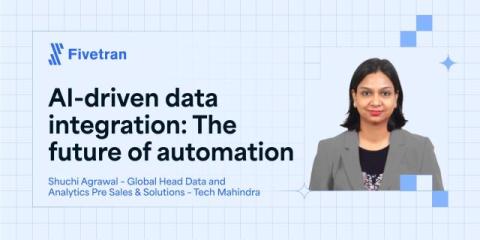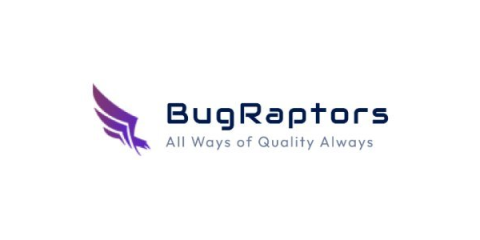Top 10 Salesforce Automation Testing Tools In 2025
Salesforce is the backbone of customer relationship management for countless businesses around the globe. As the world’s leading CRM platform, it enables organizations to streamline operations, automate workflows, and deliver exceptional customer experiences. According to the Salesforce report, the revenue for FY25 is $37.8 billion to $38 billion. For that reason, testing plays an important role in maintaining the functionality, performance, and reliability of Salesforce solutions.











